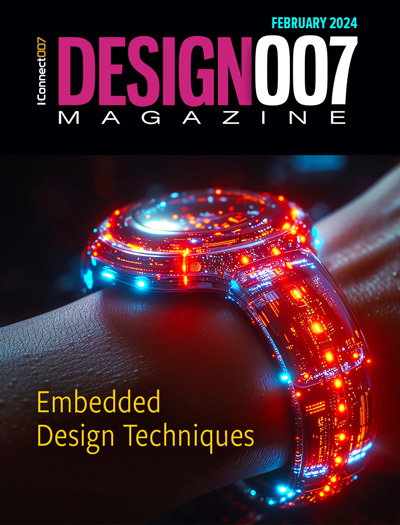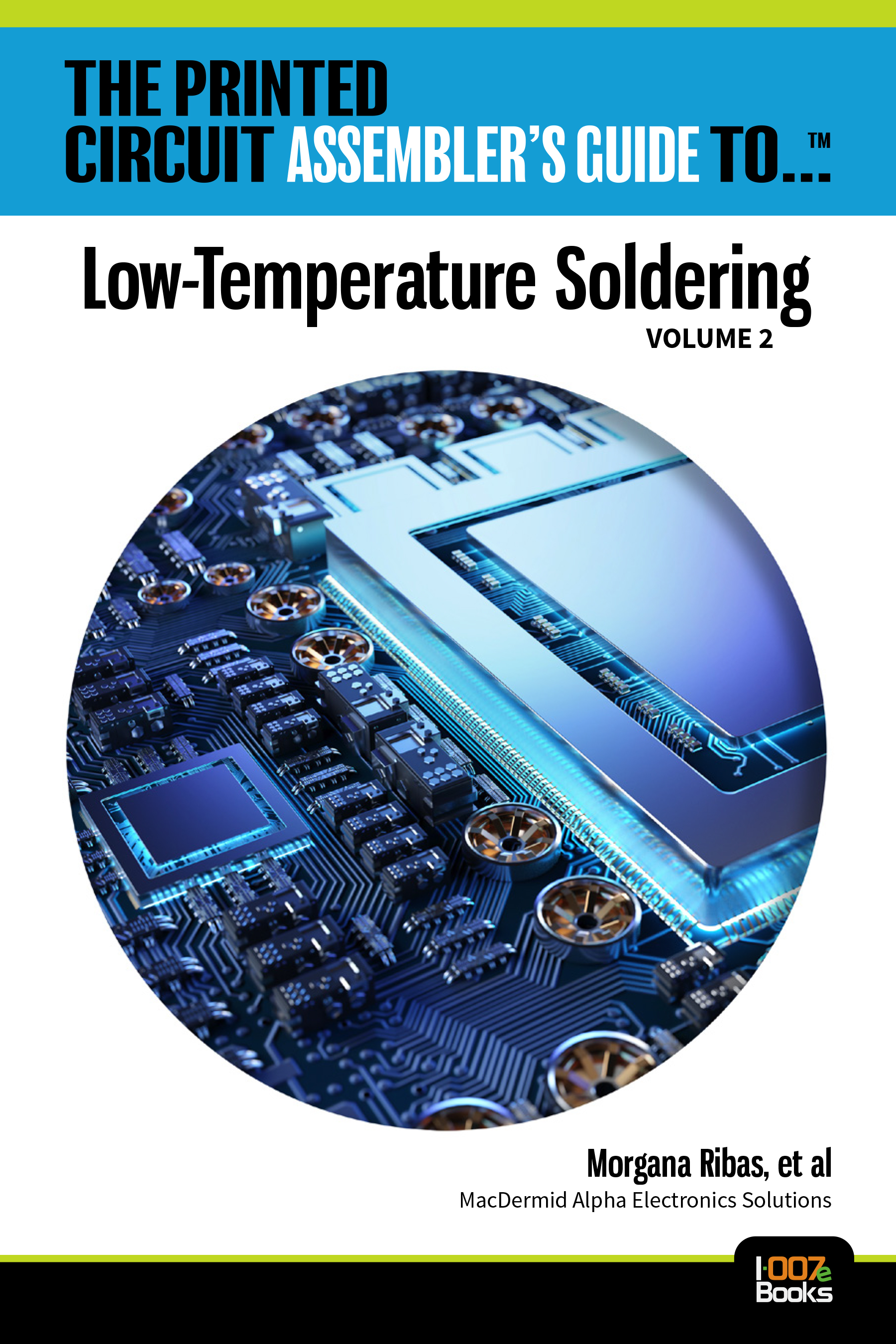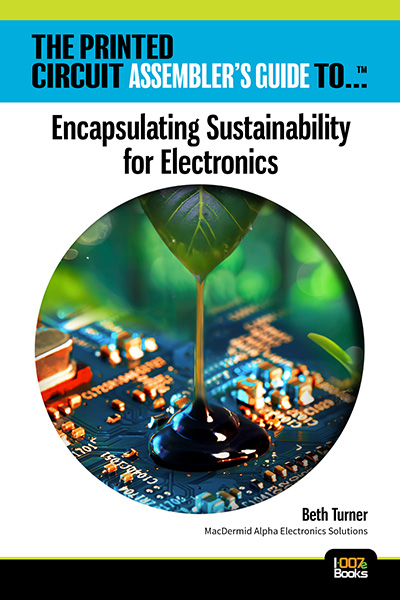-

- News
- Books
Featured Books
- design007 Magazine
Latest Issues
Current Issue
Level Up Your Design Skills
This month, our contributors discuss the PCB design classes available at IPC APEX EXPO 2024. As they explain, these courses cover everything from the basics of design through avoiding over-constraining high-speed boards, and so much more!

Opportunities and Challenges
In this issue, our expert contributors discuss the many opportunities and challenges in the PCB design community, and what can be done to grow the numbers of PCB designers—and design instructors.

Embedded Design Techniques
Our expert contributors provide the knowledge this month that designers need to be aware of to make intelligent, educated decisions about embedded design. Many design and manufacturing hurdles can trip up designers who are new to this technology.
- Articles
- Columns
Search Console
- Links
- Events
||| MENU - design007 Magazine
Target Condition
Column from: Kelly Dack
Kelly Dack, CIT, CID+, is a PCB designer, writer and educator with a demonstrated history of success in the electronics design & manufacturing industries. Kelly understands that PCB design involves a lot more than getting electrons to flow through a circuit on a PCB. He has dedicated his career to demonstrating that PCB design must include knowledge about how to lay out a PCB to flow efficiently through the manufacturing process lines for fabrication and assembly. Kelly’s holistic experience in the printed circuit design and manufacturing industries is underlined by proven PCB design capability serving a wide array of aerospace, medical, telecommunications, and gaming industries. Currently, Kelly provides DFx-centered PCB design layout and manufacturing engineering services for a dynamic EMS provider in the Pacific Northwest. Additionally, he is employed by EPTAC Corporation as a Certified PCB Design (CID) instructor. Kelly has a passion for on-cam interviewing and product promotion and appears as a frequent guest editor on I-Connect’s Realtime With, video content.


